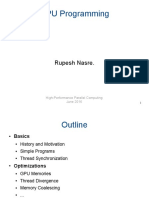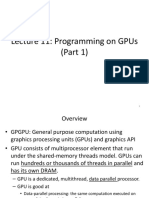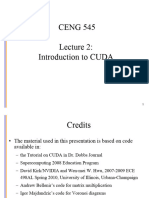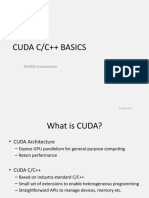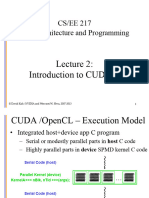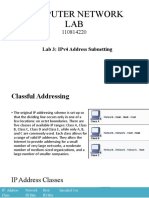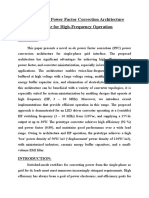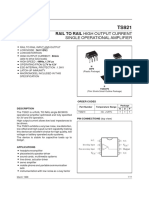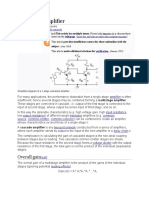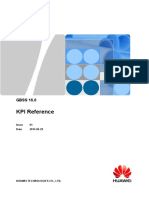0% found this document useful (0 votes)
131 views38 pagesCUDA Programming Basic: High Performance Computing Center Hanoi University of Science & Technology
This document provides an introduction to CUDA programming basics, including:
- CUDA installation and components like the CUDA toolkit and SDK
- Kernel launches which execute functions on GPUs in a data-parallel manner
- CUDA memory spaces like global, shared, and registers that kernels can access
Uploaded by
Mato NguyễnCopyright
© © All Rights Reserved
We take content rights seriously. If you suspect this is your content, claim it here.
0% found this document useful (0 votes)
131 views38 pagesCUDA Programming Basic: High Performance Computing Center Hanoi University of Science & Technology
This document provides an introduction to CUDA programming basics, including:
- CUDA installation and components like the CUDA toolkit and SDK
- Kernel launches which execute functions on GPUs in a data-parallel manner
- CUDA memory spaces like global, shared, and registers that kernels can access
Uploaded by
Mato NguyễnCopyright
© © All Rights Reserved
We take content rights seriously. If you suspect this is your content, claim it here.
/ 38


